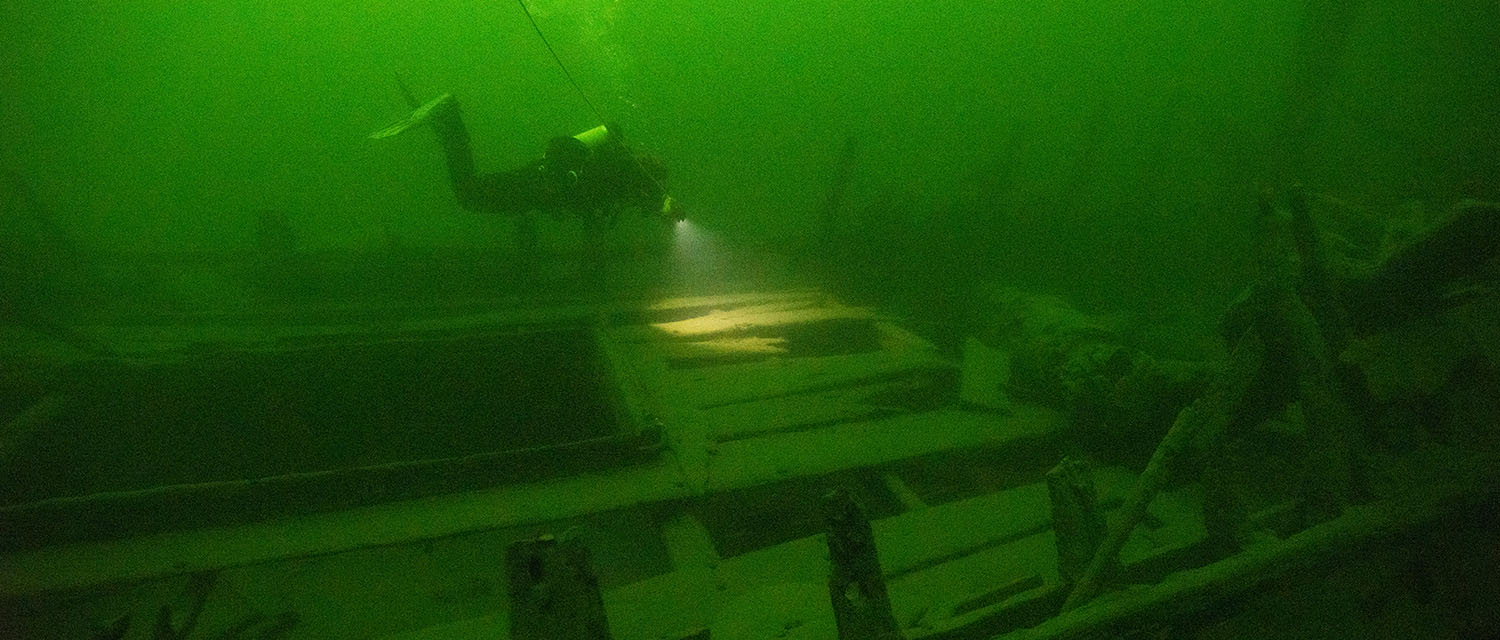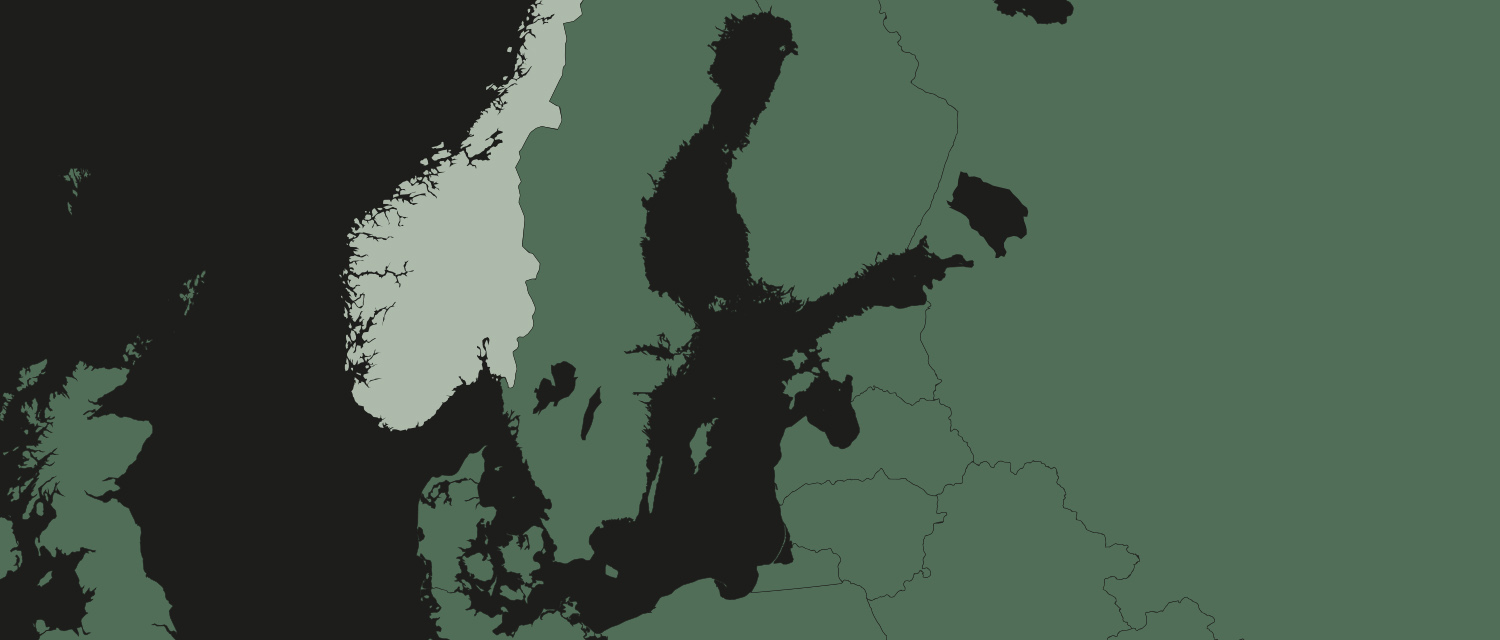In 1678, skipper Olof Styff of the ship Bodekull was commissioned to transport flour to the Swedish naval fleet, which was being wintered in Kalmar. But Bodekull ran aground and sank outside Dalarö in Stockholm’s archipelago.

In 1678, skipper Olof Styff of the ship Bodekull was commissioned to transport flour to the Swedish naval fleet, which was being wintered in Kalmar. But Bodekull ran aground and sank outside Dalarö in Stockholm’s archipelago.
Deep: 30 meters
Build: 1659–61
Length: About 20 meter
Width: 5.5 meters
Shipwreck: 1678
Ship type: Frigate-like
In August 2003 a private dive group found an excellently preserved shipwreck near Edesön, just north of Dalarö, which they called the Dalarö wreck. The group roughly documented what it found and handed it over to the Maritime Museum together with several salvaged finds.
The objects appeared to be from the middle or second half of the 17th century. For example, a glass bottle with seal could be dated to 1640–1670 thanks to its characteristic shape. The seal turned out to be an English noble weapon.
During an inspection of the wreck, maritime archaeologists determined that the wreck was once a 20-metre-long carvel-built ship. Initially, three masts and two lower masts remained in their original positions. On the bottom below the stern is a figurehead depicting a lion. The depth at the bow is about 31 metres, and about 28 metres at the stern.
In 1678, the Swedish navy sought winter refuge in the harbour at Kalmar instead of sailing up to Stockholm. Bodekull’s skipper Olof Styff was commissioned to transport flour to the wintered ships. In transit, Bodekull ran aground and sank in Dalarö River. Archival records state that 20 barrels of water-soaked flour were rescued from the sinking vessel.
Since April 2014, the ship’s remains have been part of the Dalarö Shipwreck Area.
Deep: 30 meters
Build: 1659–61
Length: About 20 meter
Width: 5.5 meters
Shipwreck: 1678
Ship type: Frigate-like
